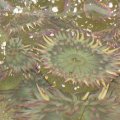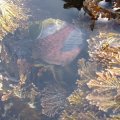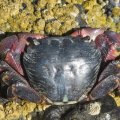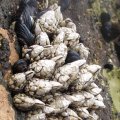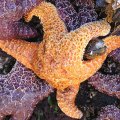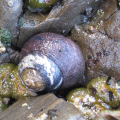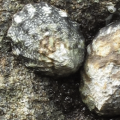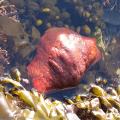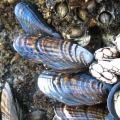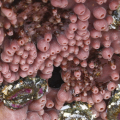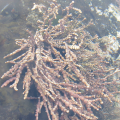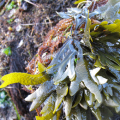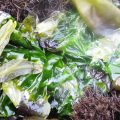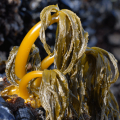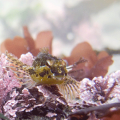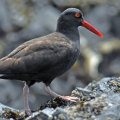Species Guide
Explore our interpretive guide to some of Oregon's most popular and common rocky intertidal plants and animals (click on the photos below for more information, photos and videos).
Also, learn about the communities (and zones) these species call home.
Note: This site is mobile enabled. Go mobile by taking the species guide and trip tips with you on your smart phone or other mobile device. Simply access the site from your device's web browser.
Trip Tips
Here is some information to help you plan your visit to Oregon's amazing tidepools:
- Explore a map of some popular tidepooling locations along the Oregon coast.
- Helpful tips on when to visit Oregon's tidepools, including regularly updated information about tides and weather.
- Learn how to have fun exploring tidepools while minimizing your impact to the plants and animals that make their home there and keeping safe on the exposed ocean bottom.
- Find out where you might be able to participate in a guided tidepool walk, happen upon a roving ranger or tour an interpretive center.
- If you are planning an educational field trip, check out our field trip tips.
- Tips to help you take better photos of the tidepools home with you.
- Check out the new interpretive guide to some of Oregon's most popular rocky shore plants and animals.
- Some of your questions may be answered on the FAQ page.
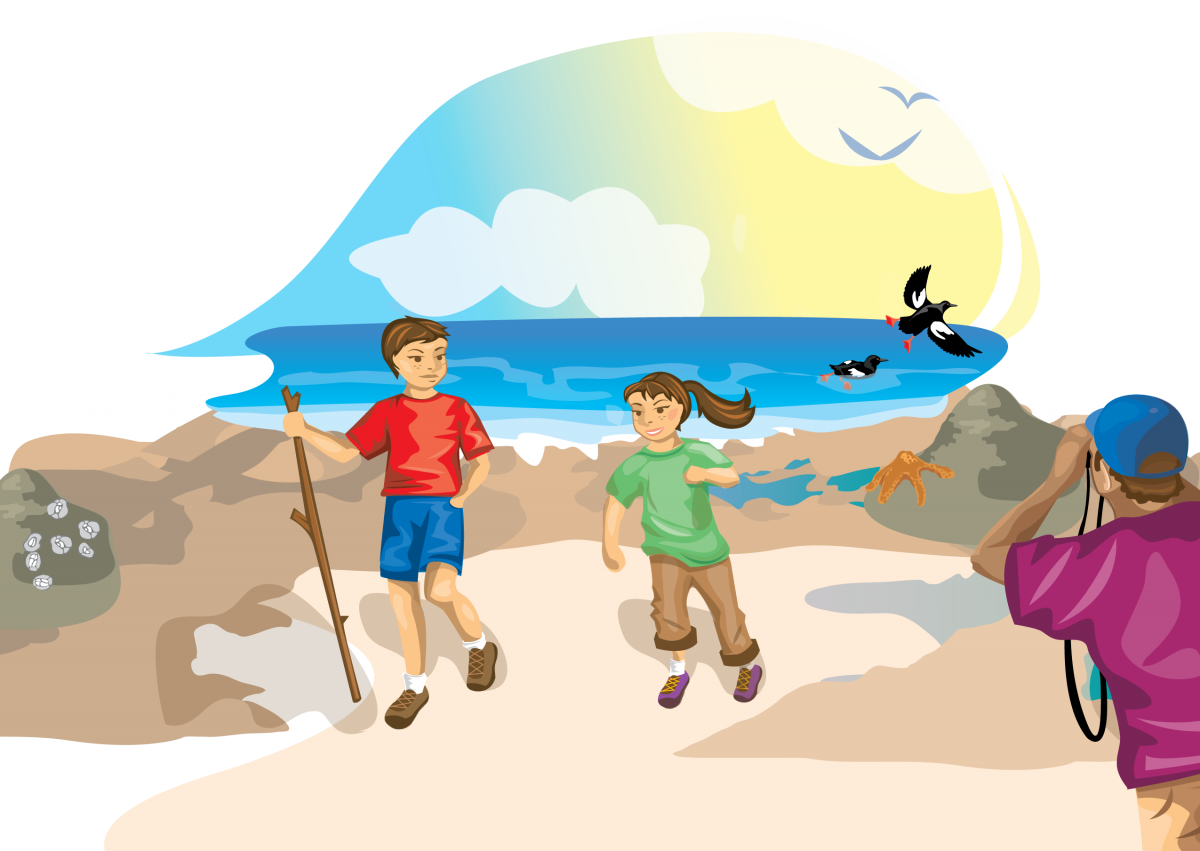
The visitors in this illustration are doing several things right, however, after checking out the trip tip pages, can you spot what they might be able to do to enjoy a safer trip (for both them and the tidepool inhabitants)?



